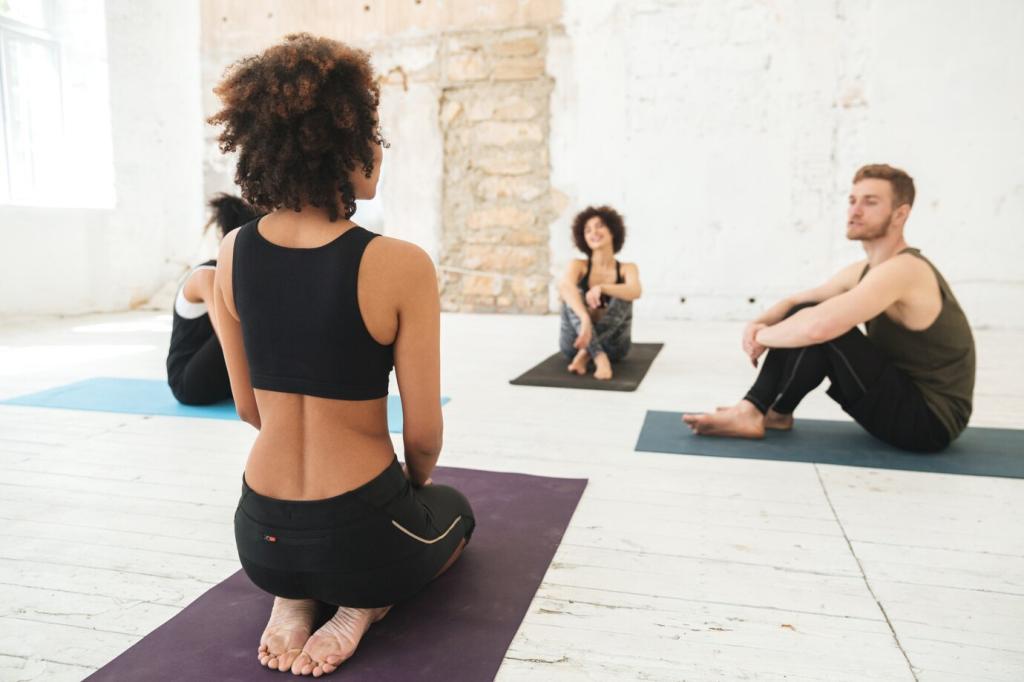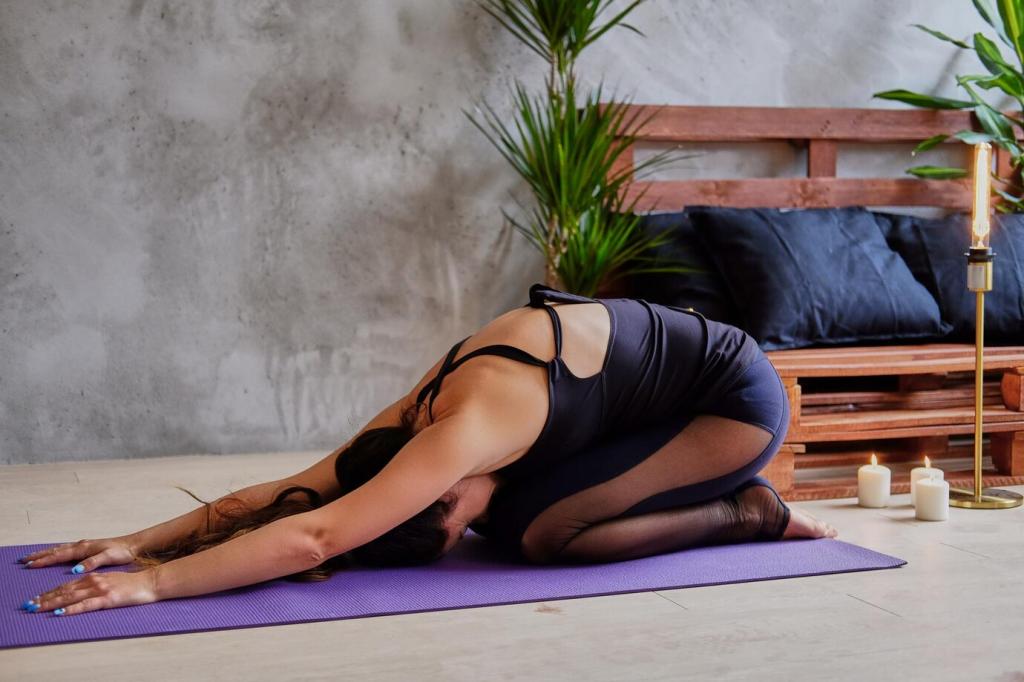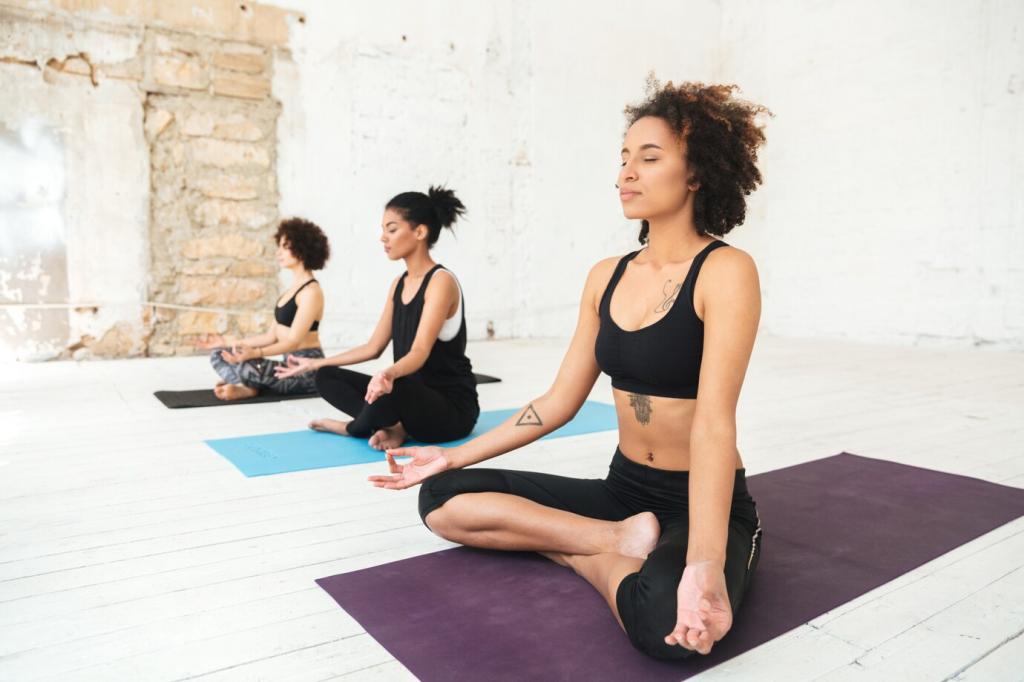Healing Trauma Through Yoga Techniques: A Gentle Path Home
Chosen theme: Healing Trauma Through Yoga Techniques. Welcome to a compassionate space where movement, breath, and choice help reweave safety into the body. Join us to learn practices that honor your pace, your story, and your innate capacity to heal.


Foundations of Trauma-Informed Practice
Safety is the soil where healing grows. In trauma-informed yoga, we adjust lighting, offer options, and clarify expectations, so the nervous system can soften vigilance and rediscover curiosity without forcing intensity or pushing past personal boundaries.
Foundations of Trauma-Informed Practice
Healing trauma through yoga techniques centers your choices. We invite, never command. Interoceptive cues—like noticing temperature, heartbeat, or breath cadence—become gentle signposts that help you steer practice toward comfort, stability, and authentic self-direction.


Breathwork to Regulate and Restore
Explore a simple breath that fills belly, ribs, and chest, but keep it optional. If full breaths feel too intense, choose smaller sips of air or place a hand on the belly for soothing contact and gentle sensory feedback.
Breathwork to Regulate and Restore
Try extending your exhale one or two counts longer than your inhale. This technique can engage the body’s calming pathways, easing agitation. If counting feels stressful, simply imagine fogging a mirror slowly and kindly.
Grounding and Somatic Orientation
Slowly look left and right, naming colors, shapes, and exits. Notice what feels neutral or pleasant. This gentle scan can quiet alarm signals and remind your system that, here and now, you can choose your level of engagement.
Grounding and Somatic Orientation
Use a folded blanket over thighs or a sandbag on the sacrum during rest. The steady pressure can be reassuring, offering proprioceptive input that communicates containment, stability, and a felt sense of being held without any unwanted touch.



Mindfulness Tailored to Trauma
Choose a neutral anchor: the feel of clothing on your shoulders, the hum of a fan, or your palms touching. If the mind wanders to difficult memories, kindly return to the anchor without self-criticism or any expectation of stillness.
Community, Boundaries, and Ethics

We say, “If you like,” or “You might try,” rather than “Do this.” This phrasing protects agency and lets you steer your practice. Share in the comments what invitational cues feel most supportive to you personally.



Join our mailing list
